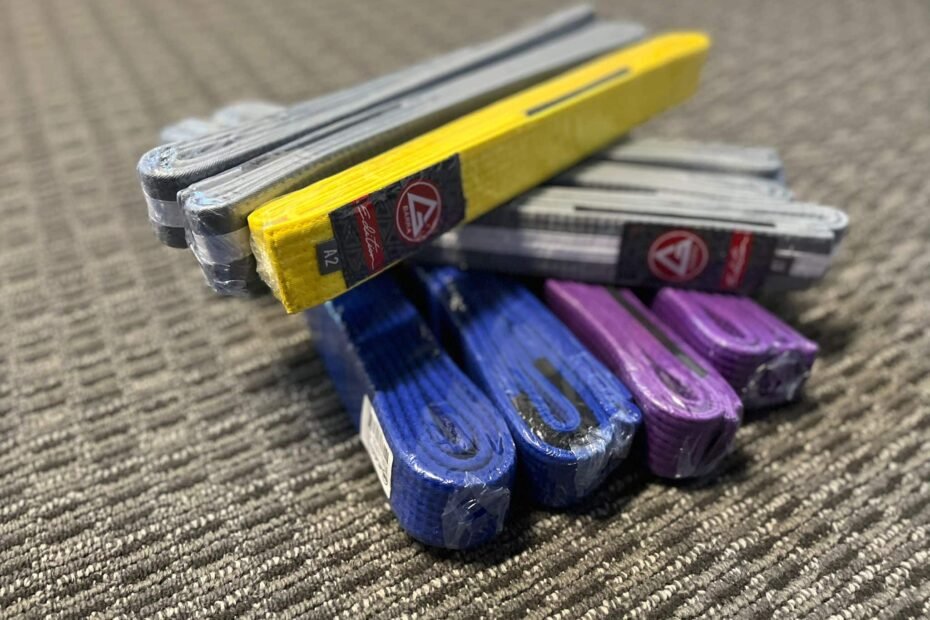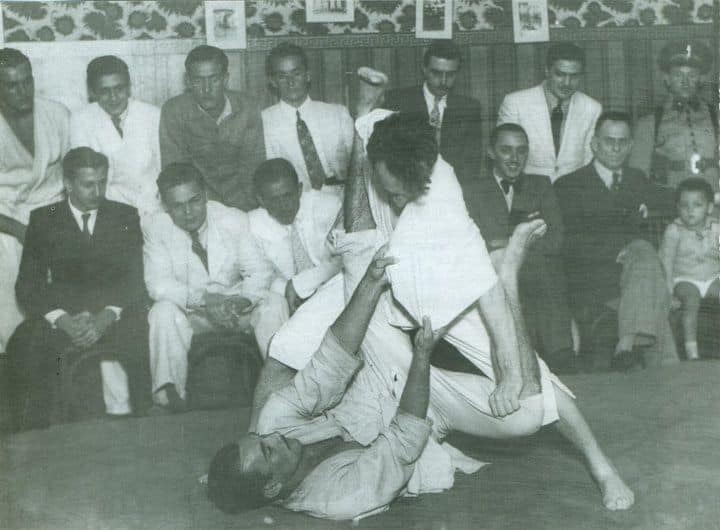Brazilian Jiu-Jitsu (BJJ) is a martial art that has gained widespread popularity around the world, with millions of practitioners and fans. At the core of BJJ lies its belt system, which symbolizes the student’s progress and level of mastery. In this article, we will explore the Brazilian Jiu-Jitsu belt system and how it works at Gracie Barra, one of the leading Brazilian Jiu Jitsu schools in the world.
The Belt System in Brazilian Jiu Jitsu
The belt system in Brazilian Jiu-Jitsu is a hierarchy of ranks that represent a practitioner’s level of skill, knowledge, and experience. There are five main belts for adults in BJJ, including white, blue, purple, brown, and black, with each color representing a different level of proficiency. The system also includes stripes, or degrees, which are added to the belts to acknowledge additional levels of achievement and progression within each rank.
At the beginning of their Brazilian Jiu Jitsu journey, students start with a white belt, which symbolizes their novice status. To progress to the next level, the blue belt, students must demonstrate their understanding of fundamental concepts, such as basic techniques, positions, and submissions. The purple, brown, and black belts represent higher levels of proficiency and require years of hard work, dedication, and practice.


Gracie Barra and the Belt System
Gracie Barra is one of the most respected and successful BJJ schools in the world, with over 1,000 schools worldwide. The school was founded by Carlos Gracie Jr., who learned the art from his father, Carlos Gracie Sr., one of the founders of Brazilian Jiu Jitsu.
Gracie Barra follows a comprehensive and systematic approach to teaching Brazilian Jiu Jitsu, which includes a structured curriculum based on topic clusters and mini clusters. The curriculum is designed to provide students with a clear path to mastery and ensure that they develop a deep understanding of the fundamental concepts and techniques of the art.
At Gracie Barra, the belt system is an integral part of the curriculum, and students are required to meet specific criteria before being promoted to the next level. The school uses a system of stripes to indicate a student’s progress and readiness for promotion, with four stripes earning them eligibility for a belt promotion.
The Benefits of the Belt System
The belt system in Brazilian Jiu-Jitsu serves several essential functions, not least of which is providing a clear and tangible way of measuring a student’s progress and level of proficiency. It also serves as a motivator and goal-setter, giving students something to strive towards and a sense of accomplishment when they achieve it.
Moreover, the belt system instills a sense of discipline, respect, and humility, which are central tenets of BJJ philosophy. Students learn to respect their instructors, their fellow students, and themselves while developing the discipline and work ethic needed to succeed in Brazilian Jiu Jitsu and in life.



